Books of Common Prayer at Cushing Memorial Library and Archives - Part One
By Courtney Price | 01-13-2022
Now almost 500 years old, the Book of Common Prayer (BCP) is one of the most important texts in the history of English Christianity. Still used today by over 85 million members of the Anglican Communion, the BCP contains within its pages a unique story about global Protestantism, lay devotion and mass readership, and the use and personalization of books. In honor of the Texas A&M University Cushing Library’s recent acquisition, a 1662 BCP, let’s take a look at some of the Library’s other holdings and what they can tell us about this long-revered book.
English Book of Prayers (“Queen Elizabeth’s Prayer Book”), 1608
(Cushing Library/Rare Books/Call Number: BV236 .D39 1608)
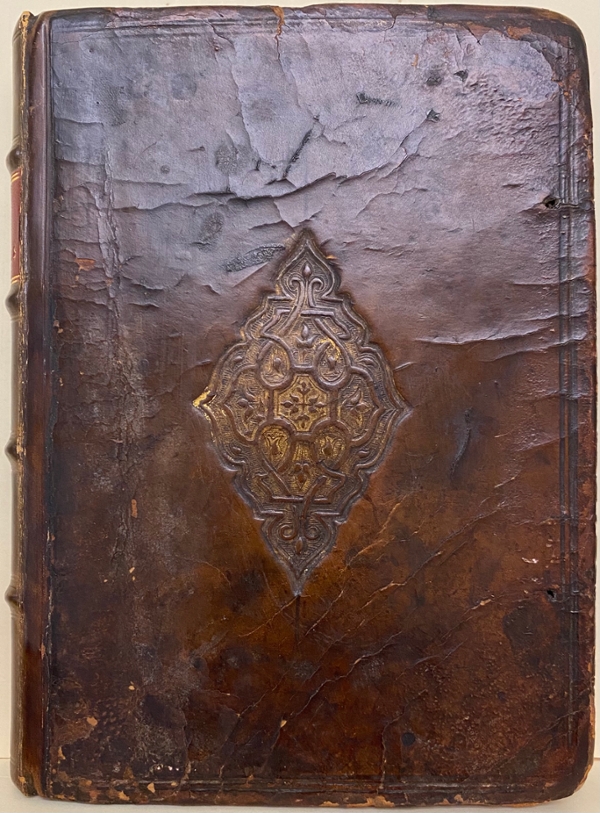
Though not technically a Book of Common Prayer, the prayer book often dubbed “Queen Elizabeth’s Prayer Book” draws heavily upon the BCP and influenced its later editions. The book features a magnificent title page depicting a sleeping Jesse whose descendants encircle the title and lead up to the triumphant Virgin and Christ child. On the recto of this page is another stunning visual, this time a full-page illustration of Queen Elizabeth kneeling at prayer for private devotions. Every prayer in the book is bordered by woodcuts that feature Bible stories, mimicking the rich illustrations of a medieval book of hours and the didactic purposes of so-called Pauper’s Bibles.
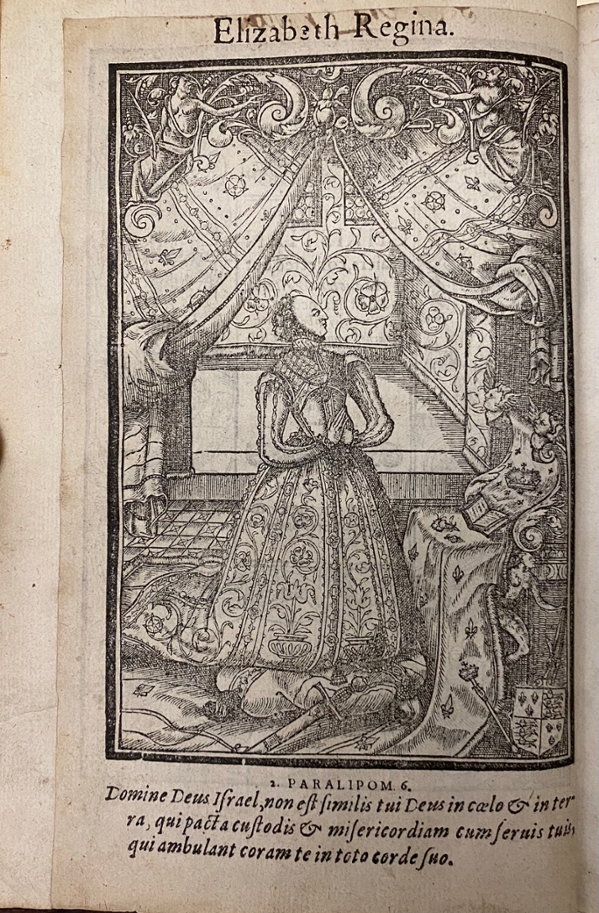
This particular copy also comes with an inscription, dating from 1658, that the prayer book was written by John Foxe, “who made the Book of Martyrs.” The inscriber can be forgiven for their misattribution as the printer of this prayer book, Richard Day, was the son of Foxe’s usual printer, John Day. Unfortunately, Richard was responsible only for the botched third edition of the Acts and Monuments, after which he began printing pirated editions of his father’s books. This behavior got him into trouble and his printing materials were eventually seized. Though incorrect, the 1658 inscriber’s note is interesting in that it reveals how books sold via association with bestsellers. Perhaps the purchaser of this book was told a fib by an enterprising bookseller, or maybe they made the assumption on their own. Regardless, the association with Foxe’s printer shows that early modern readers were aware of who produced their books and may have even developed favorites.
Book of Common Prayer, 1660
(Cushing Library/Dawson French Collection/Call Number: BX5145 .A4 1660)
One of the earliest BCPs owned by the Cushing Library, this small leather volume is highly personal, its worn leather cover suggesting quite a bit of regular use. Not only does it contain the BCP, but also a 1668 Latin Bible and a 1644 edition of the Psalms in English. Bound together, they are what’s known in the book world as a “sammelband,” a book made up of separately-produced texts that have been re-bound together (also known as a “bound-width volume”). Sammelbands offer scholars a valuable glimpse into the use of books because of their uniqueness – rarely are two of them alike. They also offer a chance to get into the minds of readers from other eras by observing what kinds of texts they saw fit to join together for convenient use. Here, the combination of a BCP with a Bible and a psalter makes perfect sense, since anyone using the BCP for morning or evening prayer will need excerpts from the other two books.
Book of Common Prayer, 1637 and 1662 facsimiles
(Cushing Library/Rare Books/Call Number: BX5145 .A4 1637 and Cushing Library/Rare Books/Call Number: BX5145 .A4 1662a)
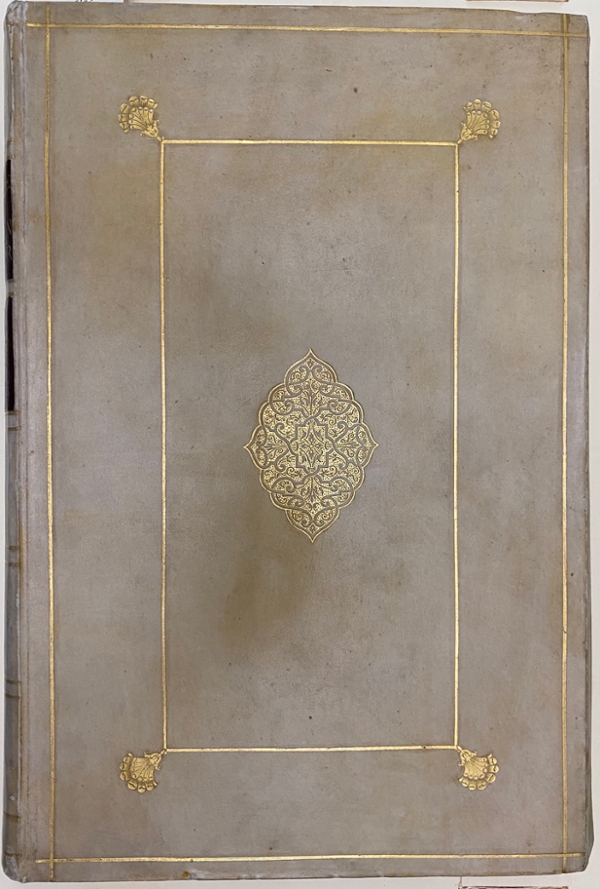
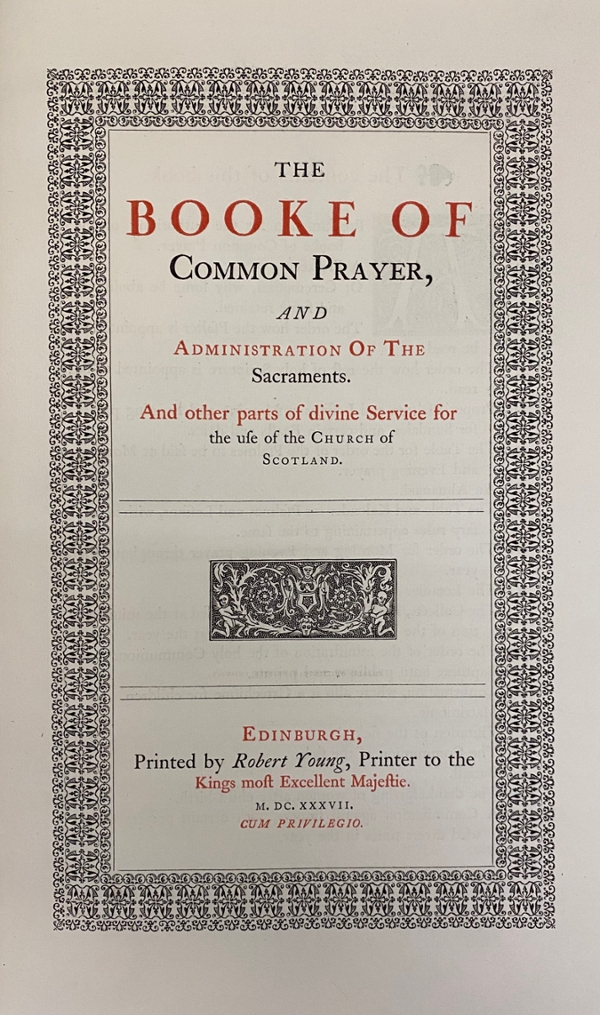
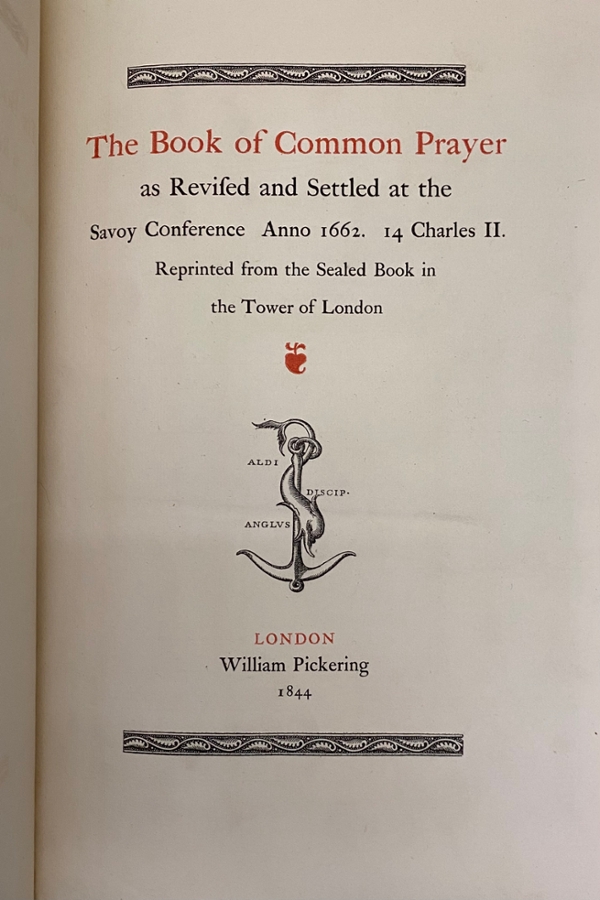
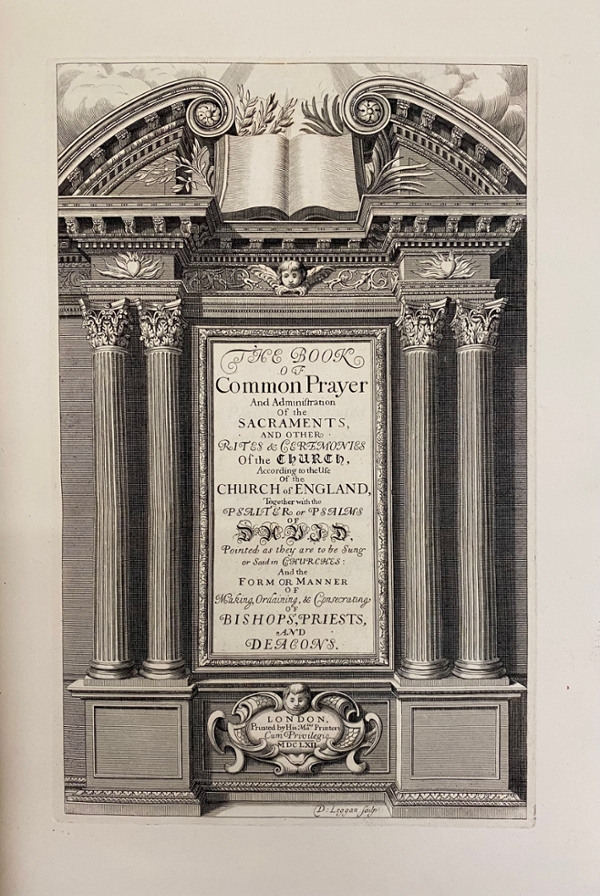
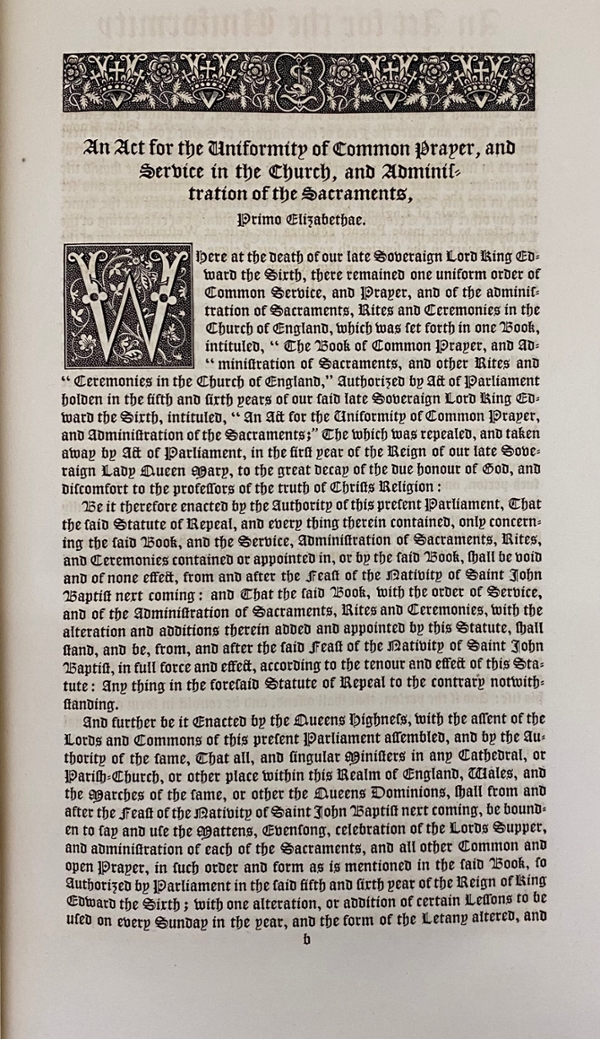
This pair of BCPs, bound in matching vellum, are Victorian facsimiles of earlier BCP editions, both produced in 1844 by William Pickering. They are large books with wide margins, large fonts, and frequent use of red lettering. Together with the pristine state of the covers, they appear to be presentational in use, as opposed to the small, portable 1660 edition. However, even collectible books can be personal in the kinds of statements they make. In the history of the BCP, 1637 and 1662 are dates that fall just before and just after the English Civil War. Outlawed by the Parliamentarians during the rule of the Commonwealth, the BCP was temporarily replaced by the much less popular Directory of Public Worship, but was reinstituted with the restoration of King Charles II in 1660. Two years later, a slightly updated edition was published, but it was little changed from Cranmer’s 1552 edition. A pair of BCPs from directly before and after the Civil War would seem to be a celebration of continuity, both religious and political.
In fact, in the decades just before the publication of these facsimiles, England was once again reevaluating the BCP in light of contemporary religious debates. While no real changes would be made until the early twentieth century, it seems significant that a pair of collectible BCPs from historic editions would be produced at a moment in history when the English Church was once again considering alterations.
All the editions discussed in this article are available at the Cushing Memorial Library and Archives. Please read Part Two of this article for a discussion of the original 1662 Book of Common Prayer.
Courtney Price served as Kelsey Fellow at the Cushing Memorial Library and Archives in 2021. Named in honor of distinguished former student Dr. Mavis P. Kelsey ‘32 and his wife Mary Wilson Kelsey, the Kelsey Fellowship is a non-teaching assistantship administered jointly by the English Department and the Cushing Memorial Library and Archives and provides the opportunity for a graduate student to work in Texas A&M’s special collections library.
Tags: Book of Common Prayer (BCP); Bound-Width Volume; Cushing Memorial Library and Archives; Richard Day; John Foxe; William Pickering; Sammelband; Texas A&M University.
Cushing Memorial Library and Archives Collections: Rare Books Collection; Dawson French Collection.
Contact Us: cushingcollective@library.tamu.edu
|
Courtney Price is an English PhD candidate at Texas A&M University, studying early modern devotional literature in England. Her dissertation examines the cross-confessional significance of Reformation and Counter-Reformation hermeneutics with the phenomenology of reading. She served as Kelsey Fellow at the Cushing Memorial Library and Archives in 2021. |